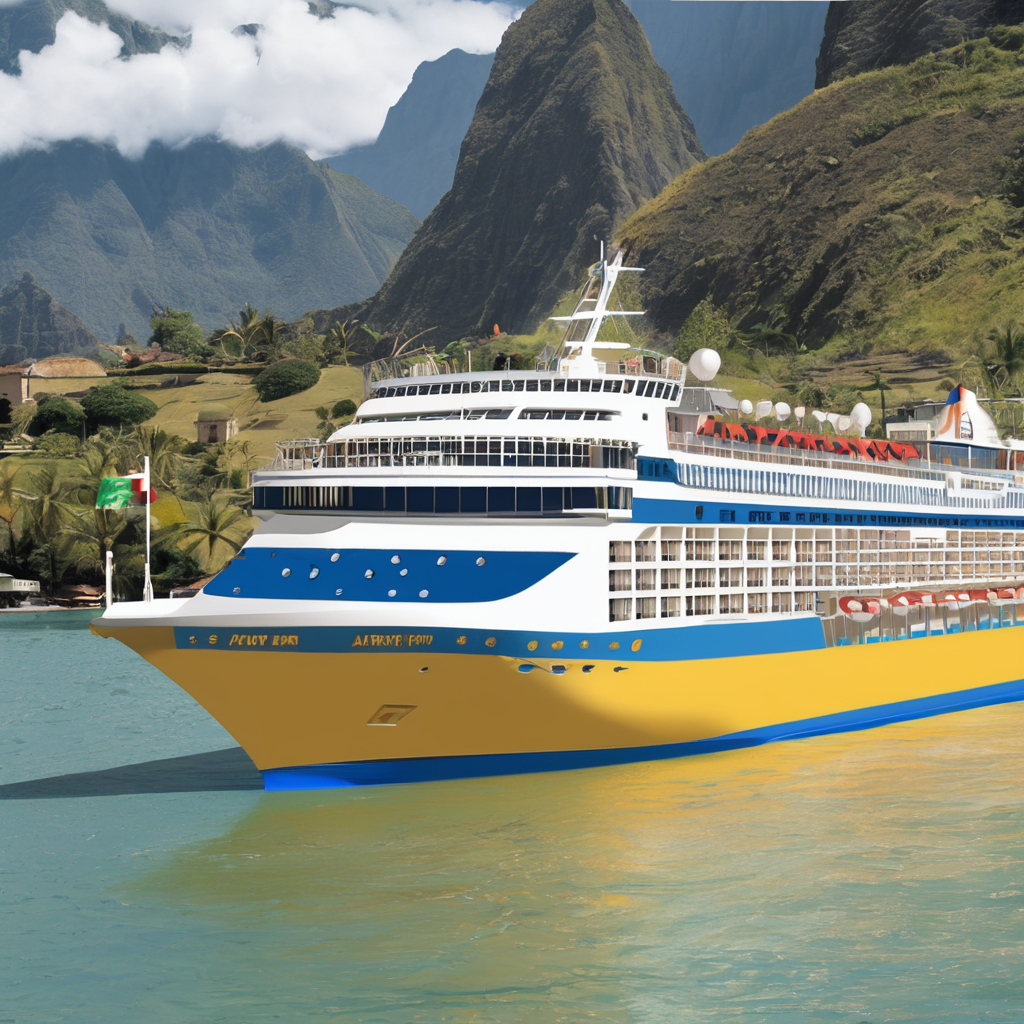Essential Historical Sites Accessible from UK Cruise Ports
Discovering UK cruise historical sites is a highlight for many travelers disembarking at UK cruise ports. These ports provide gateways to some of the nation’s must-see UK attractions, known for their rich heritage and accessible locations. For example, Southampton, one of the major UK cruise ports, offers convenient access to the medieval city of Winchester with its stunning cathedral and Roman walls. Similarly, Liverpool’s port opens the door to the historic waterfront, a UNESCO World Heritage site reflecting maritime history.
When selecting historical highlights for UK cruise itineraries, several criteria are crucial. Accessibility from the port ensures that passengers maximize limited time ashore. Cultural significance and authenticity are paramount, showcasing the depth of Britain’s history. Sites must also balance visitor amenities, including tours and transport, making them manageable for cruise guests.
Topic to read : What Are the Must-See Ports of Call on a UK Cruise?
Overall, the combination of proximity, cultural importance, and visitor infrastructure informs the choice of destinations at UK cruise ports. This approach guarantees that travelers experience unforgettable historical exploration just a short journey from their ship, enriching their entire cruise adventure.
Notable Sites Near Southern England Ports (Southampton, Portsmouth, Dover)
Discovering Southern England cruise ports offers more than just embarkation points; these gateways lead to rich historical treasures. Near Southampton, the Southampton historical sites include the medieval city walls and the Tudor House Museum, each echoing centuries of history. The city’s maritime legacy is deeply intertwined with its role in the Titanic’s voyage, making guided tours especially captivating.
Also to see : What Are the Key Historical Sites You Can Explore on a UK Cruise Tour?
Portsmouth boasts impressive maritime history with the Historic Dockyard, home to HMS Victory and the Mary Rose Museum. These iconic vessels provide firsthand glimpses into naval life and British naval supremacy. Visitors can access the dockyard via short shuttle services from the port, making excursions convenient and rewarding.
Dover stands out for its white cliffs and the formidable Dover Castle, a key defensive site with origins dating back to Roman times. Recognized as a UNESCO landmark, the castle’s underground tunnels and battlements provide immersive historical experiences. Given the proximity—just a short drive from the Southern England cruise ports—many tours include transportation and guided commentary for ease of exploration.
When planning shore excursions, consider local tours that combine these sites for a comprehensive visit, ensuring accessibility and efficient use of limited time ashore.
Key Historical Attractions from Northern England and Scotland Ports
Discovering Northern England historical sites and notable landmarks in Scotland offers a rich cultural journey starting from prominent ports like Liverpool, Edinburgh, and Glasgow. Each serves as a gateway to remarkable heritage spots worth exploring.
From Liverpool, visitors can access museums that narrate the city’s maritime history and industrial growth. Edinburgh boasts the iconic Edinburgh Castle, a fortress with centuries of stories, commanding panoramic views. This site is often featured in popular Scotland cruise itineraries for its accessibility and significance. Glasgow provides a different cultural flavor with its impressive Victorian architecture and famous Glasgow attractions like the Kelvingrove Art Gallery and Museum.
To truly absorb these historical riches, taking local guided tours is highly recommended. These tours offer expert insights into each site’s unique past and ensure seamless navigation, often including convenient transport options such as buses or hop-on-hop-off services. Booking these can enhance the experience, making visits more educational and engaging.
Focusing on these Northern England and Scotland landmarks enriches your travel, connecting you with traditions and stories that define the regions’ identities.
Welsh and Irish Ports: Historical Highlights for Cruise Visitors
Discovering Welsh cruise ports like Cardiff opens a gateway to rich history. Cardiff Castle stands out, showcasing Roman and Norman heritage amid modern city life. Visitors exploring Cardiff attractions find cultural landmarks such as the National Museum Wales and the historic Cardiff Bay, blending history with entertainment.
Over in Northern Ireland, Belfast history captivates cruise passengers through sites like the stunning Belfast Castle and the birthplace of the Titanic. These Irish historical sites reveal layers of industrial significance and vibrant cultural identity. Exploring these ports offers an immersive experience of both medieval and modern periods.
For those planning cruise excursions, convenience matters. Most Welsh and Irish ports are located near city centers or have efficient transport options, making visits to castles, UNESCO sites, and museums accessible without hassle. Passengers can maximize time ashore by pre-booking tours that connect iconic landmarks with comfortable logistics.
Whether wandering ancient fortresses or strolling modern harbors, these ports provide a rich tapestry of history and culture. The seamless blend of past and present in Welsh and Irish ports makes them essential stops for any cruise itinerary focused on heritage and exploration.
Practical Tips for Visiting UK Historical Sites on Cruise Itineraries
Maximize your UK shore excursions with smart planning
When it comes to cruise visit planning for UK historical sites, deciding between self-guided tours and ship-organised shore excursions is crucial. Self-guided trips offer flexibility but require thorough research on local transport and site logistics. Ship-organised excursions provide convenience with transfers included, ideal for travelers prioritizing comfort and efficiency.
Navigating public transportation in UK port cities demands attention. Most ports have reliable connections to nearby historical sites, but schedules vary seasonally. Using local buses or trains can be cost-effective if you allow ample time for transfers. Consider proximity to the port to avoid delays during busy cruise days.
Accessibility is essential in UK shore excursions tips. Many historical venues now offer ramps, lifts, and hearing aids to accommodate visitors with mobility or sensory needs. Early mornings or late afternoons tend to be quieter, enhancing the experience while avoiding peak crowds.
Optimal visiting hours depend on the season; spring and autumn often present milder weather and fewer tourists, making them prime for shore excursions. Following these guidelines ensures a smooth, enriching visit to the UK’s rich historical landmarks on any cruise itinerary.
Sample Cruise Itineraries Featuring UK Historical Landmarks
Embarking on UK cruise itineraries offers a splendid opportunity to explore iconic historical sites with ease and comfort. Among the best cruises historical sites often included are Edinburgh’s Medieval Old Town, Windsor Castle, and the Roman Baths in Bath. These cruises blend scenic voyages with immersive cultural experiences, making history accessible and engaging.
Several cruise lines specialize in heritage-focused routes. For example, some packages feature guided tours of Hadrian’s Wall, a UNESCO World Heritage site, alongside stops at Newcastle and Carlisle, allowing passengers to delve into Roman Britain’s history. Other recommended cruise lines customize itineraries to highlight castles along the Scottish coast and the historic shipyard city of Glasgow, combining onboard lectures with shore excursions for deeper context.
Customising standard routes can enhance cultural enrichment. Adding an extended stay in York, with its medieval streets and famous minster, or incorporating a visit to Canterbury Cathedral, brings history alive beyond typical port stops. By selecting cruises that emphasize educational content and onshore explorations, travelers maximize their experience of the UK’s rich heritage.


